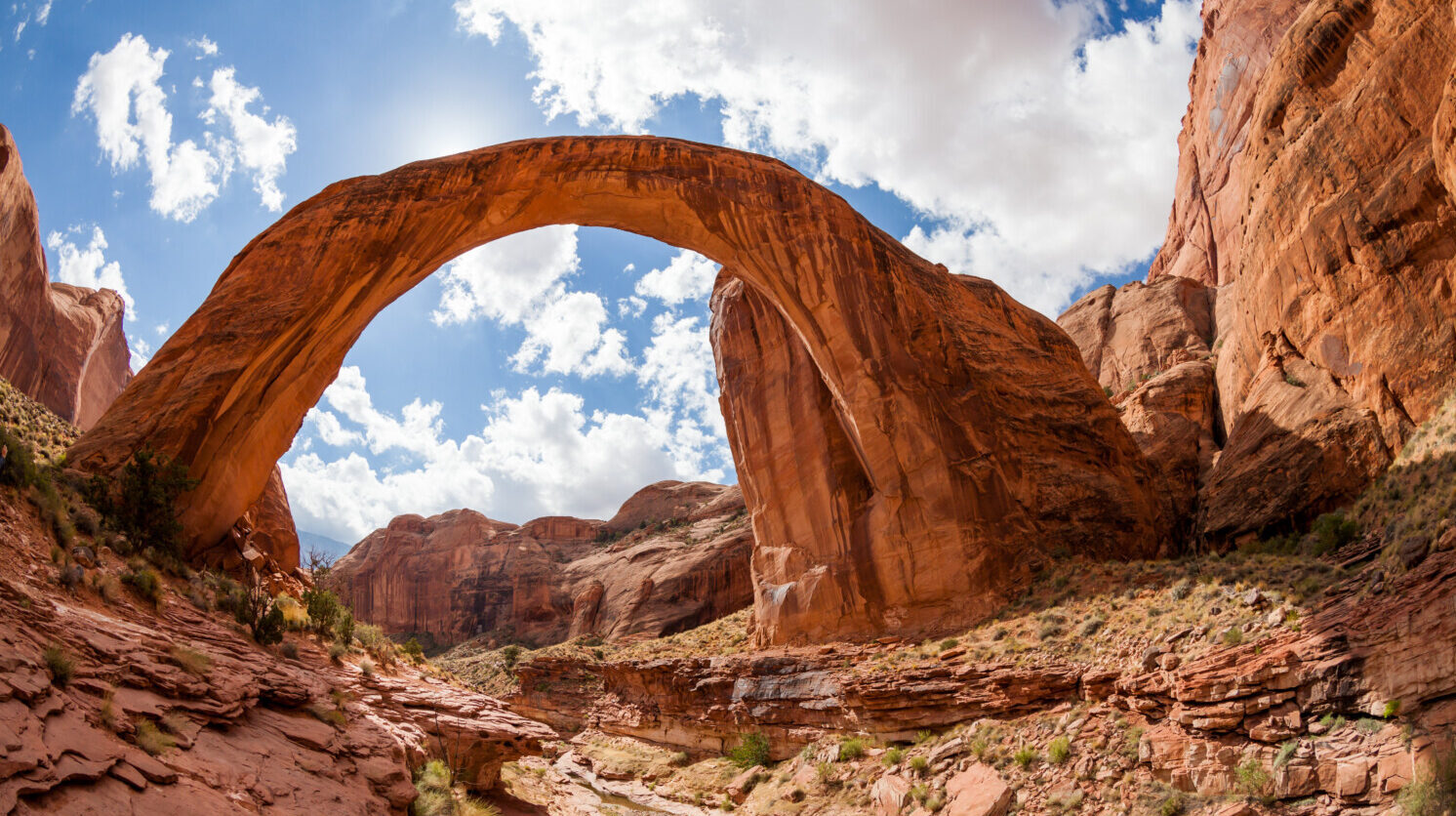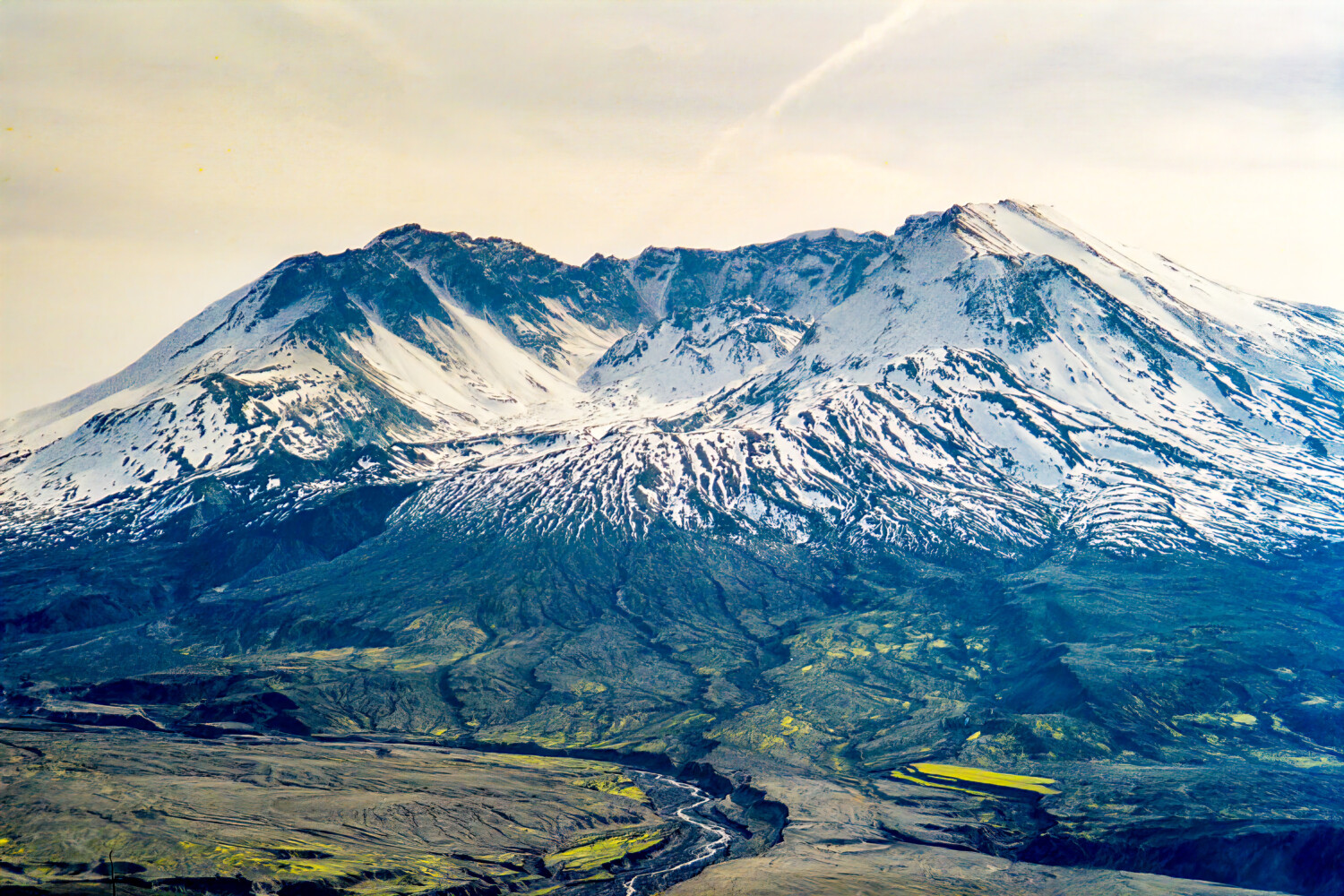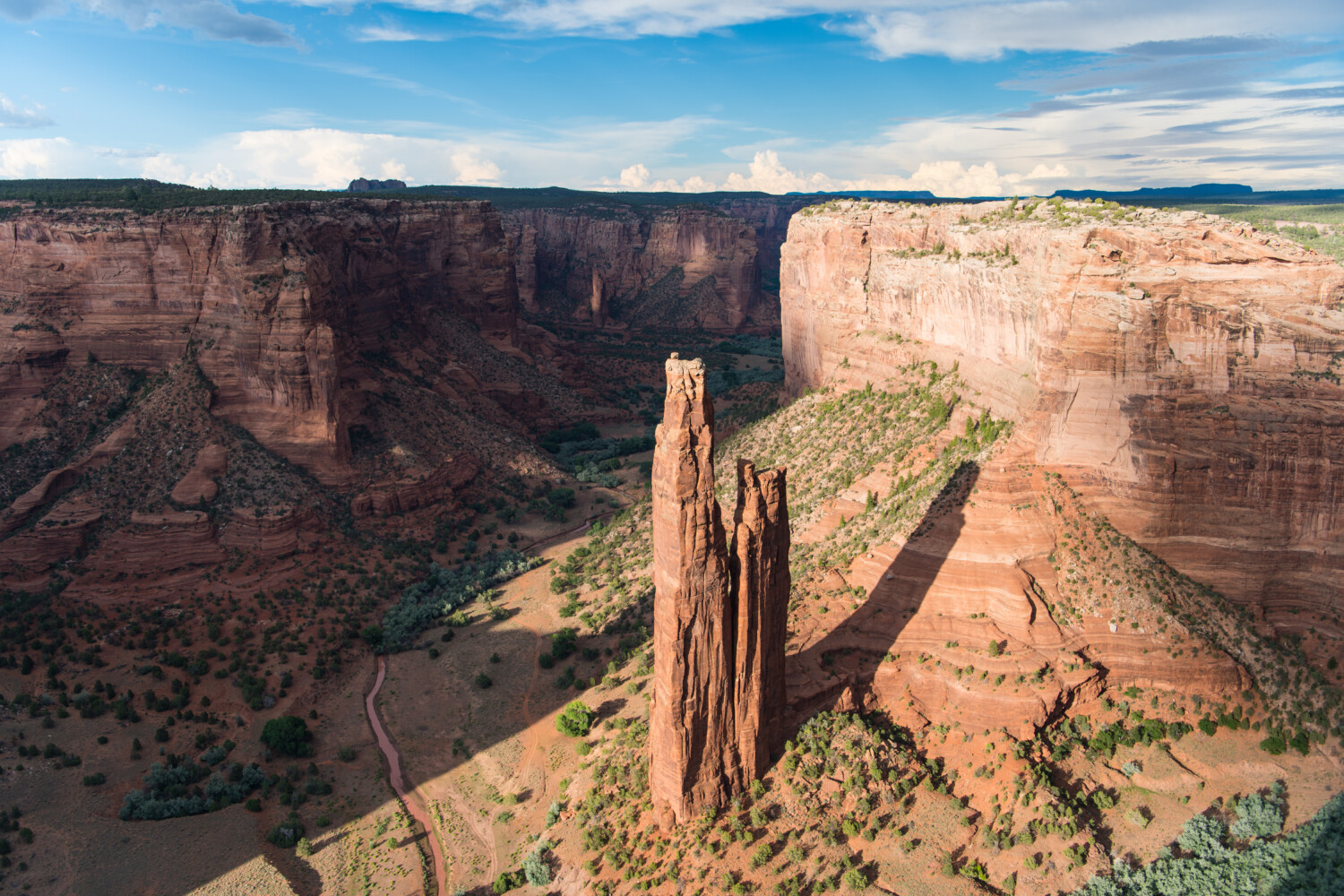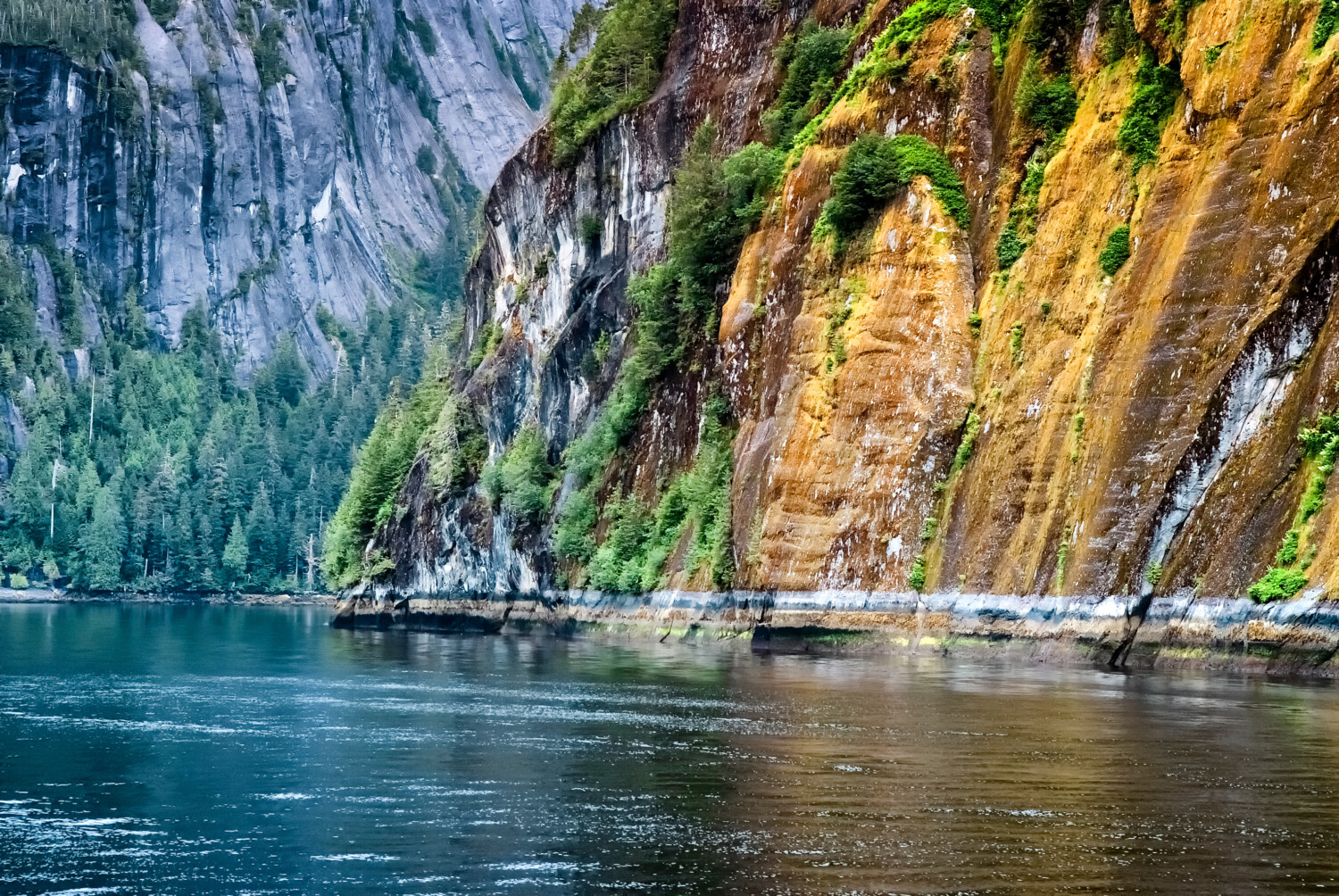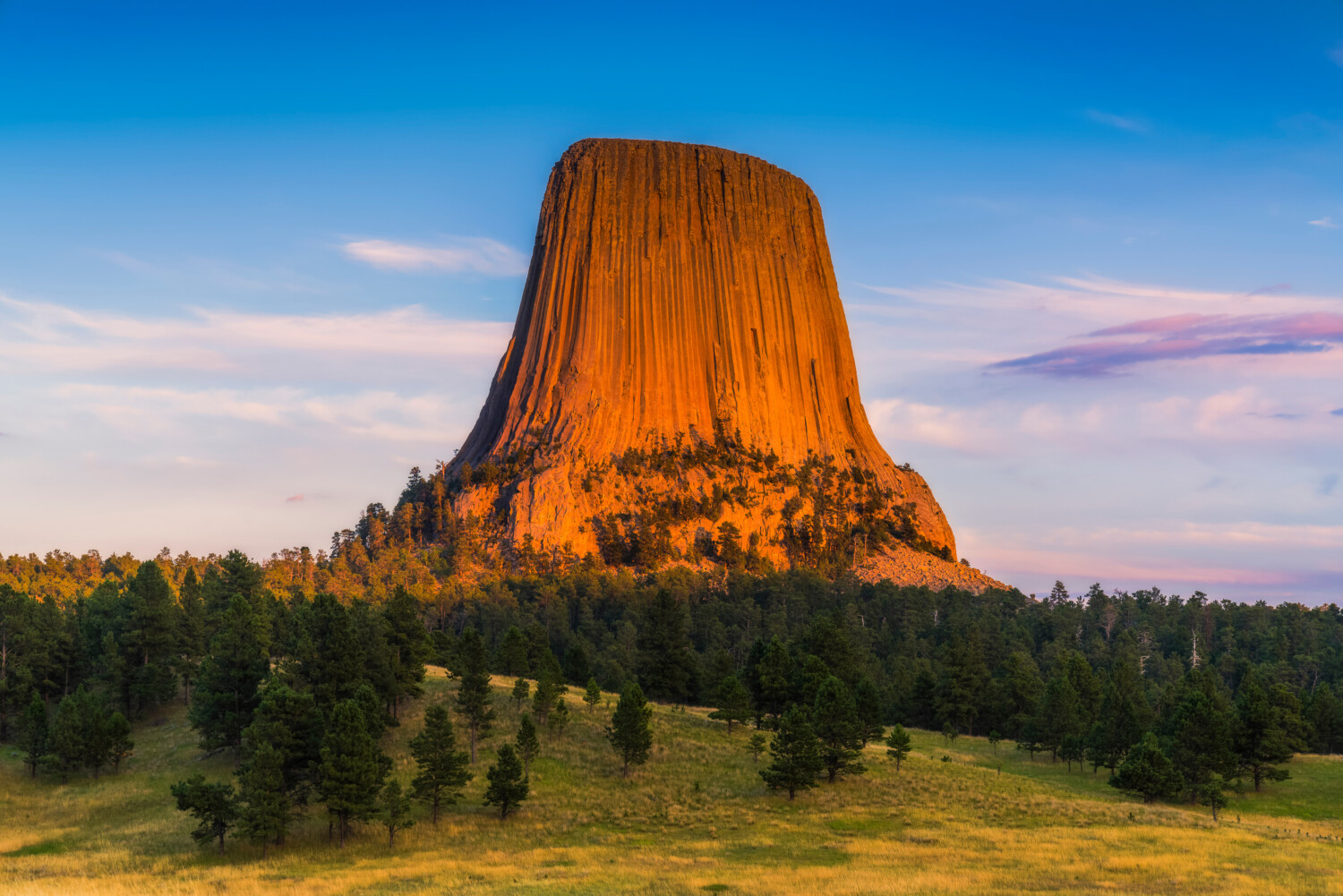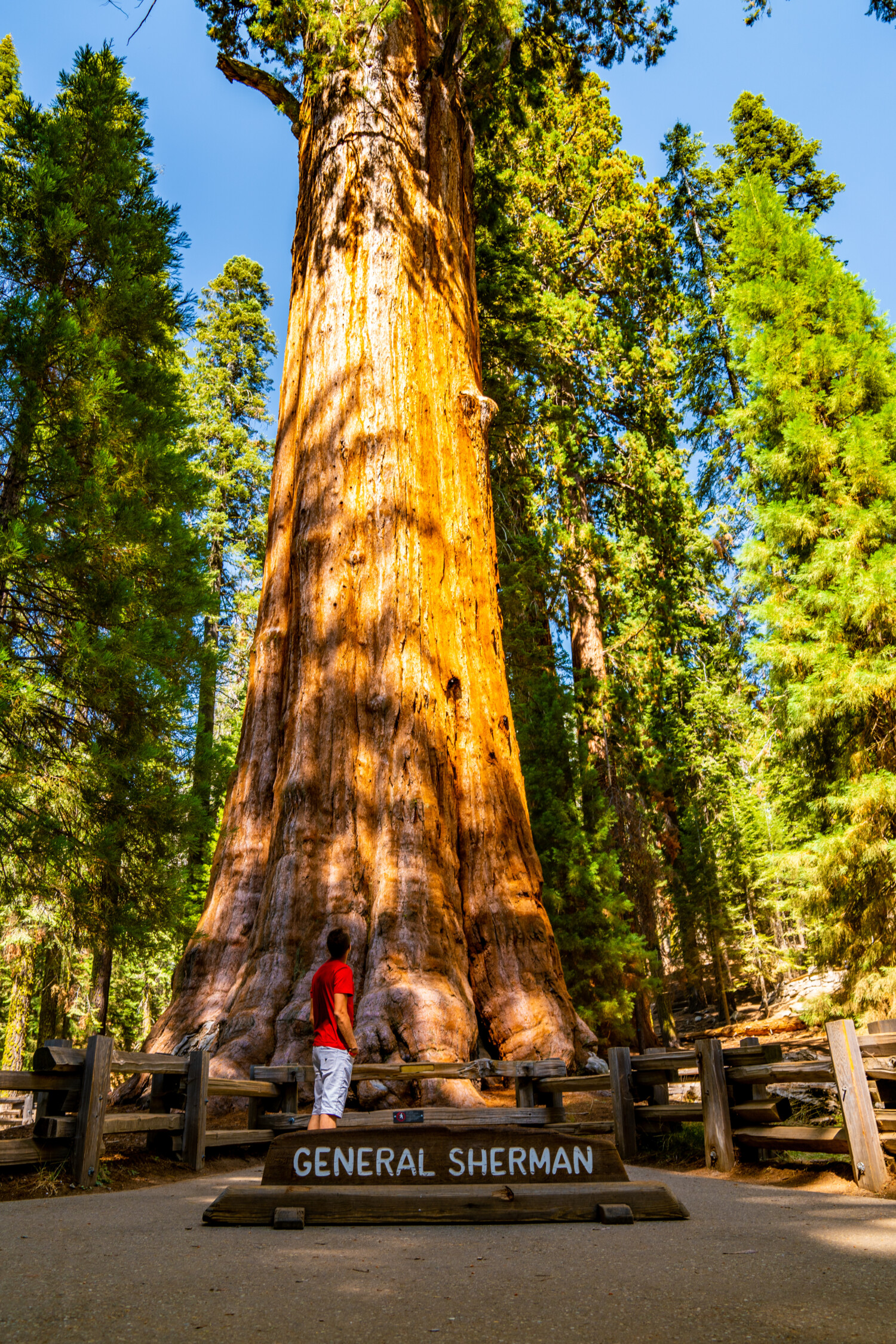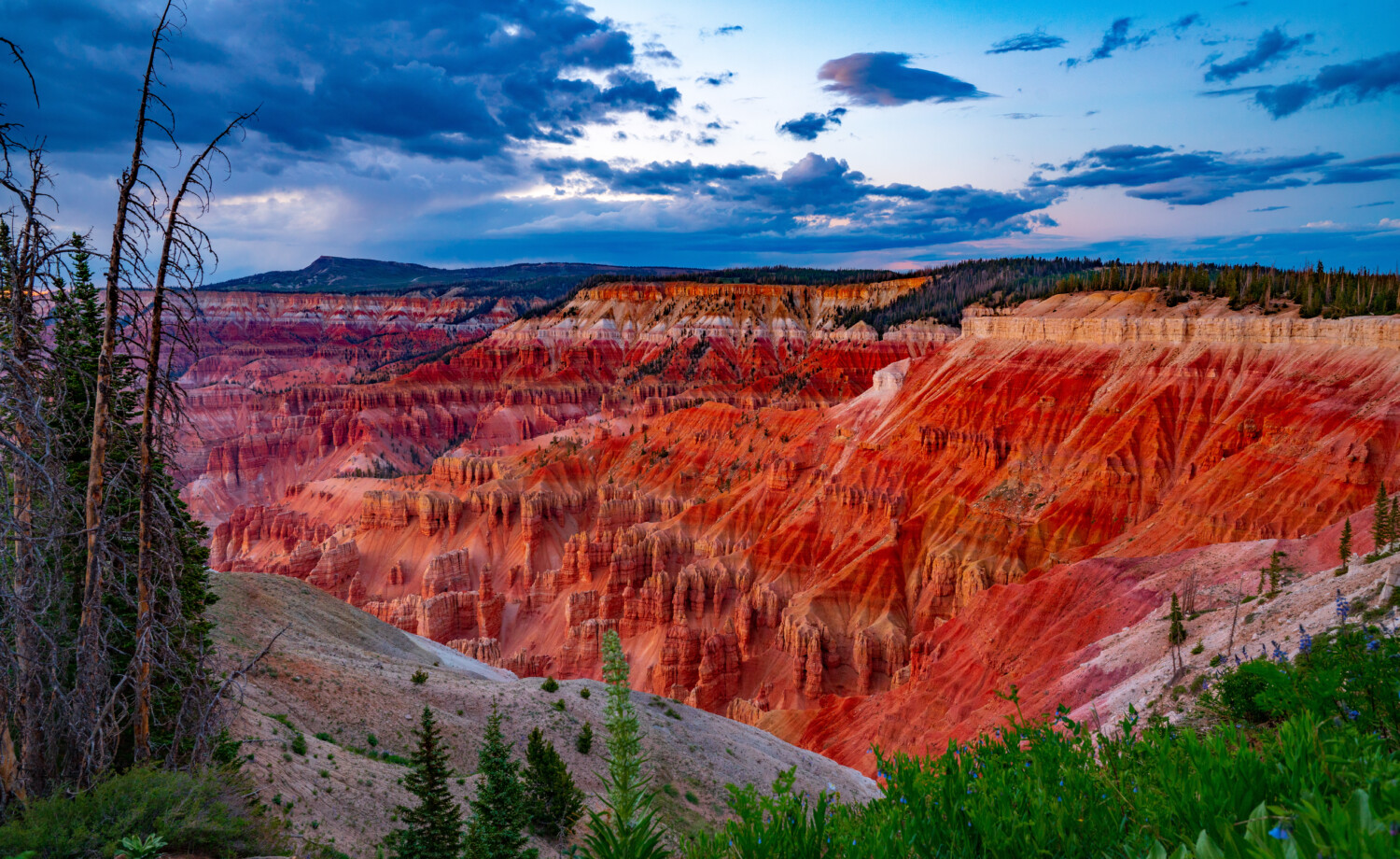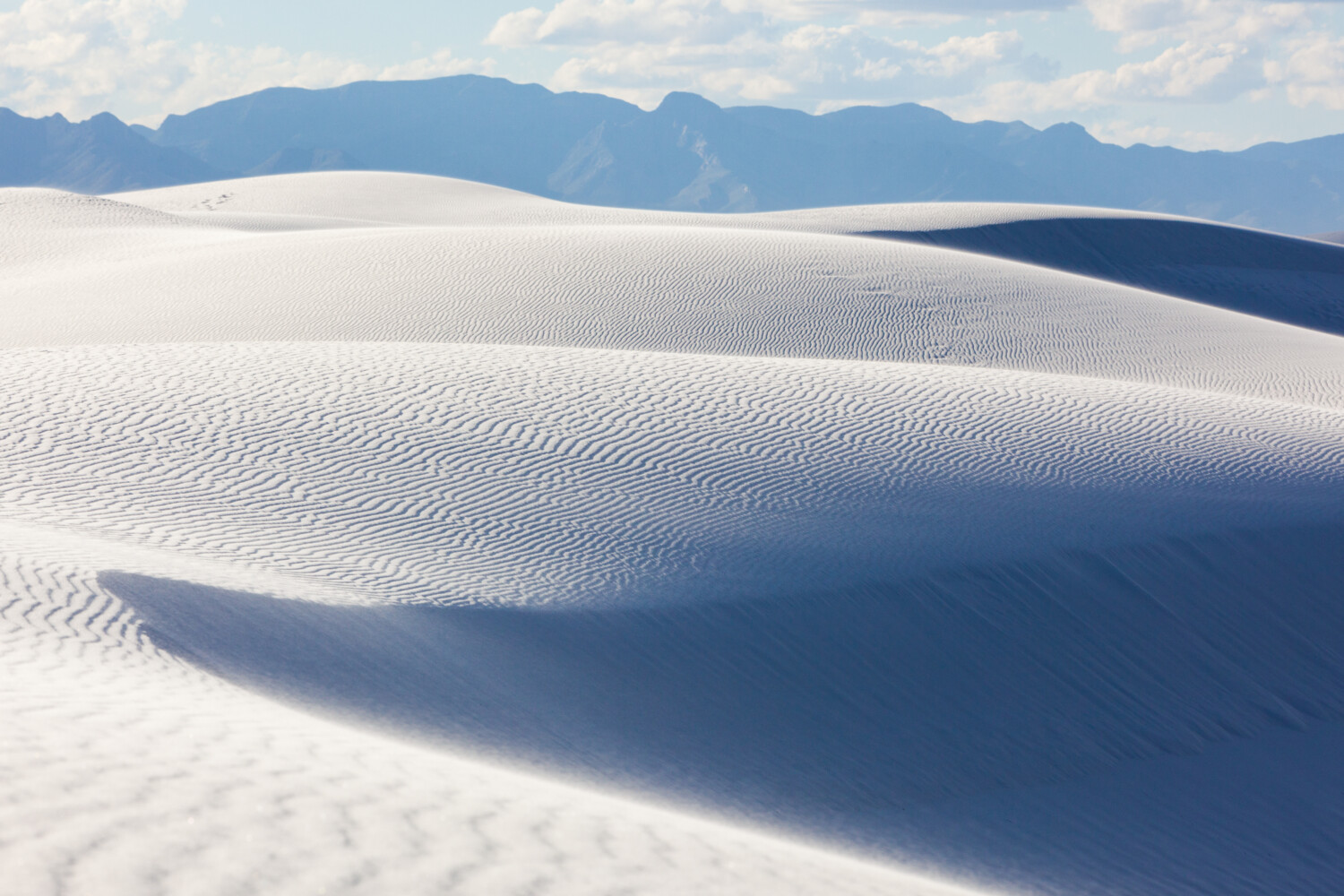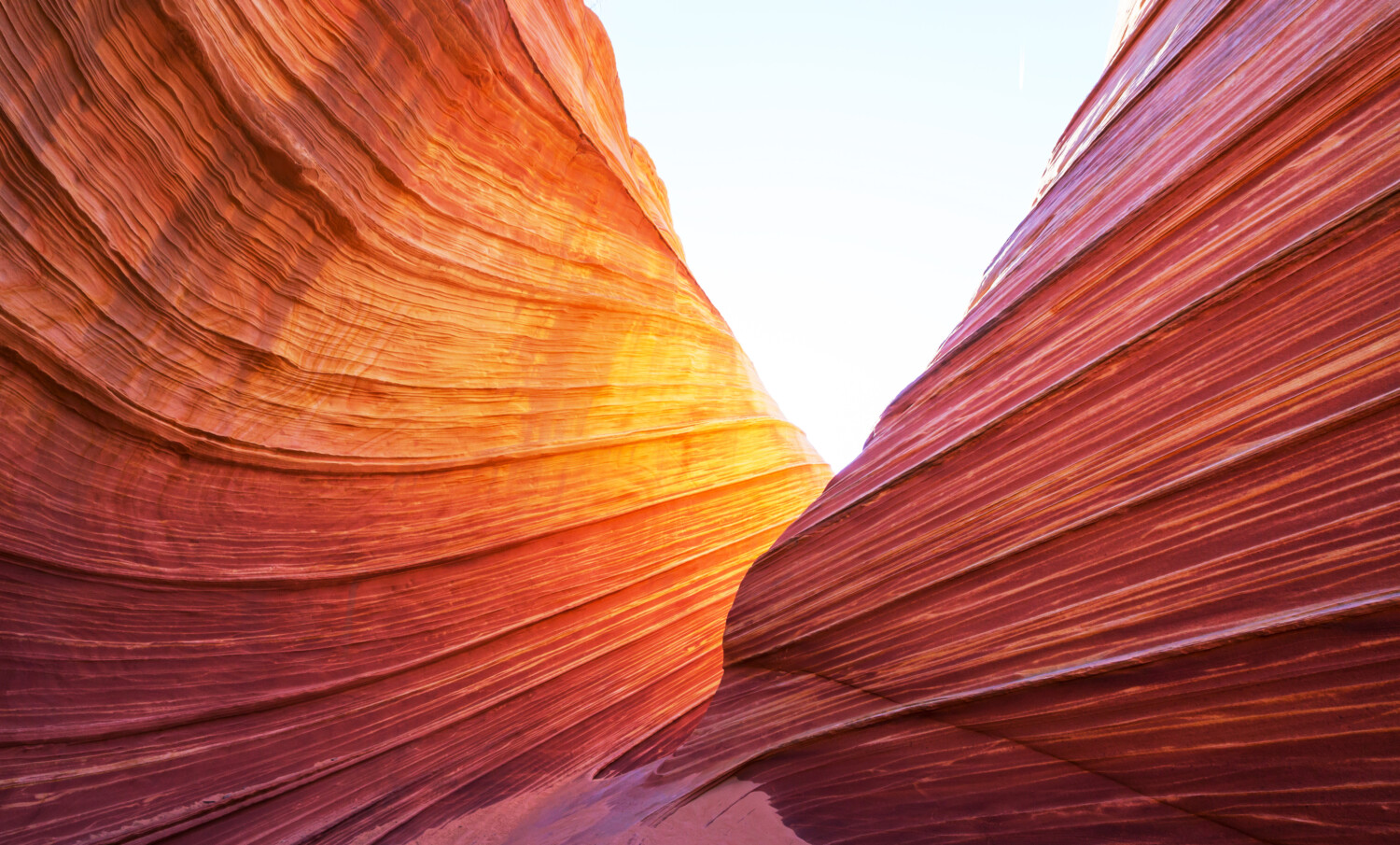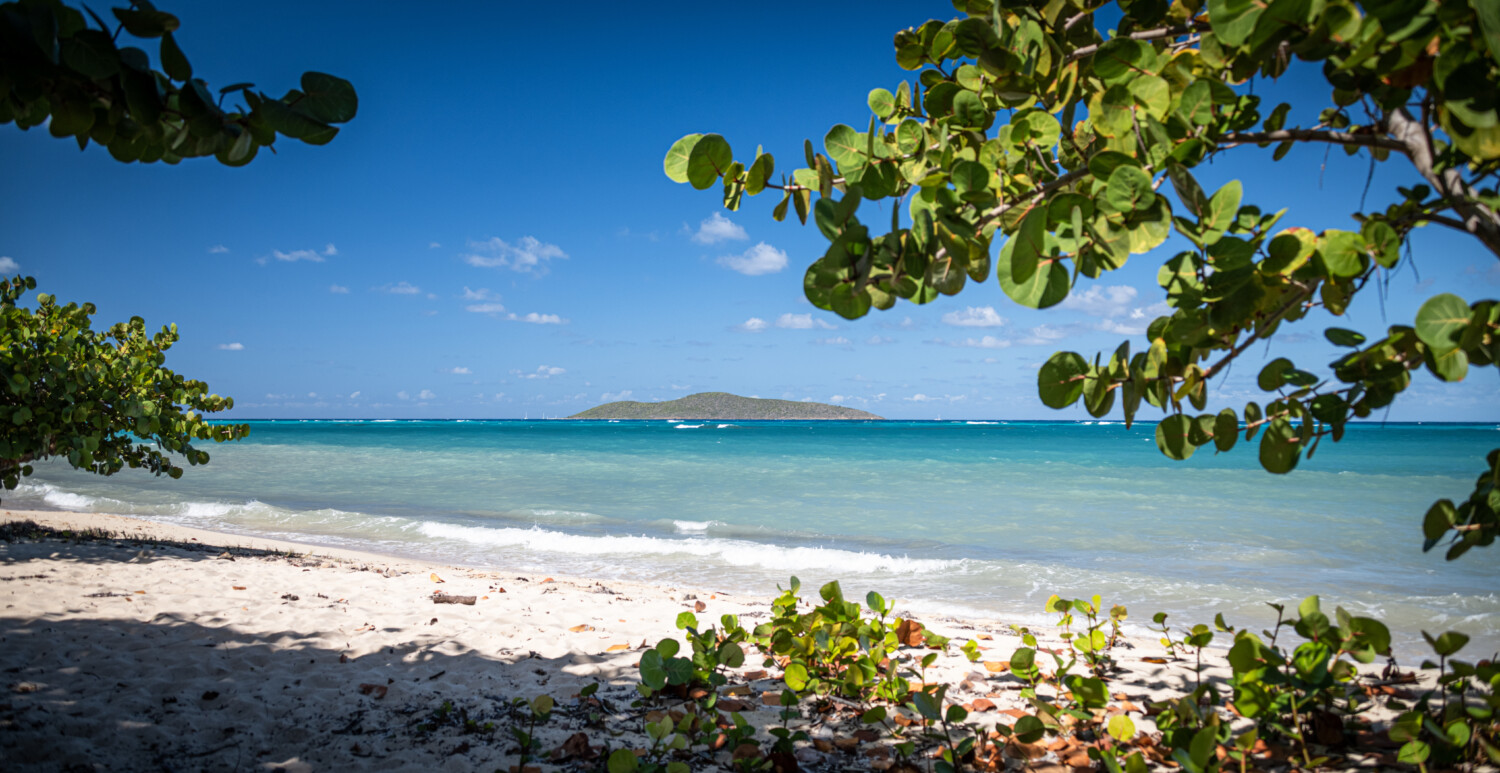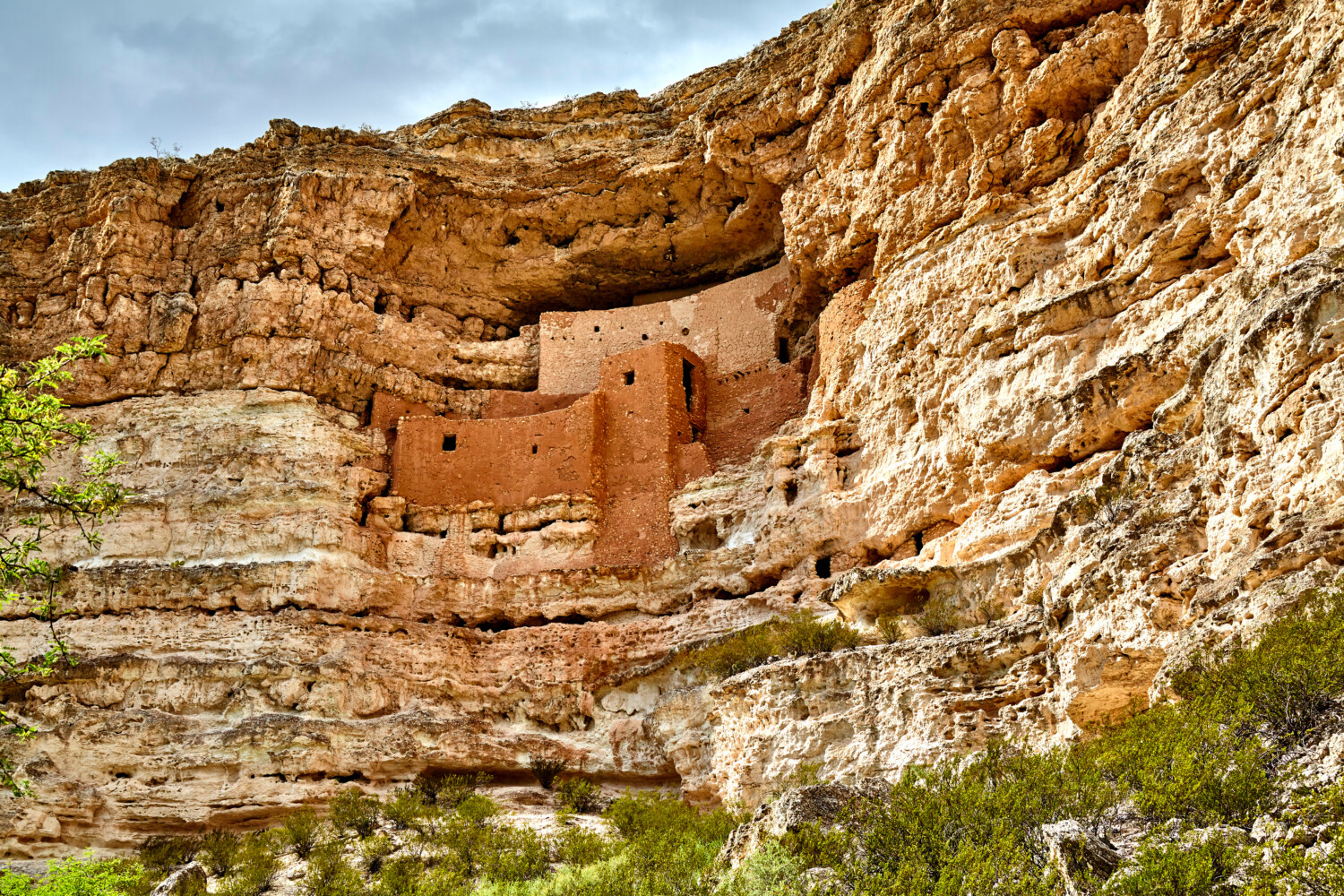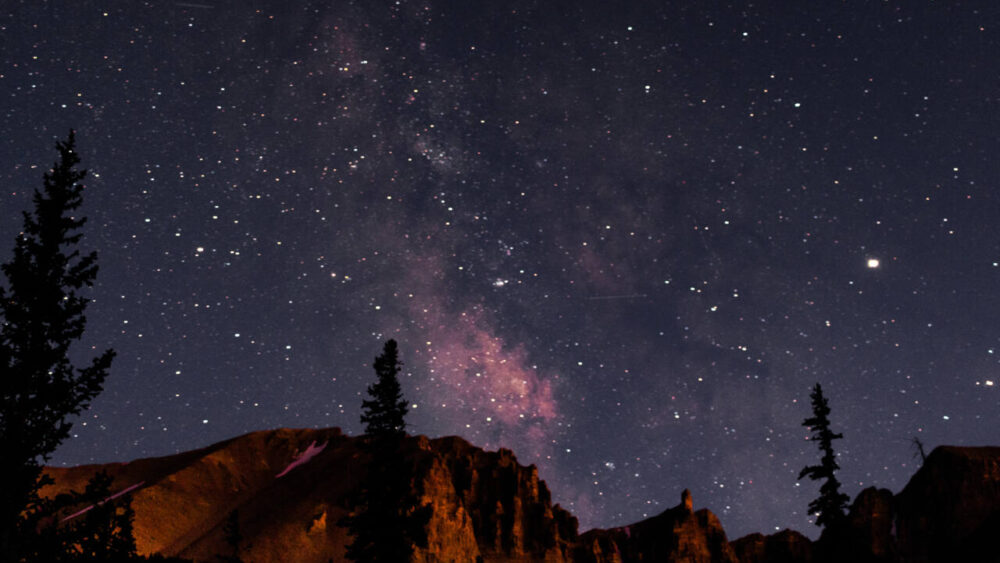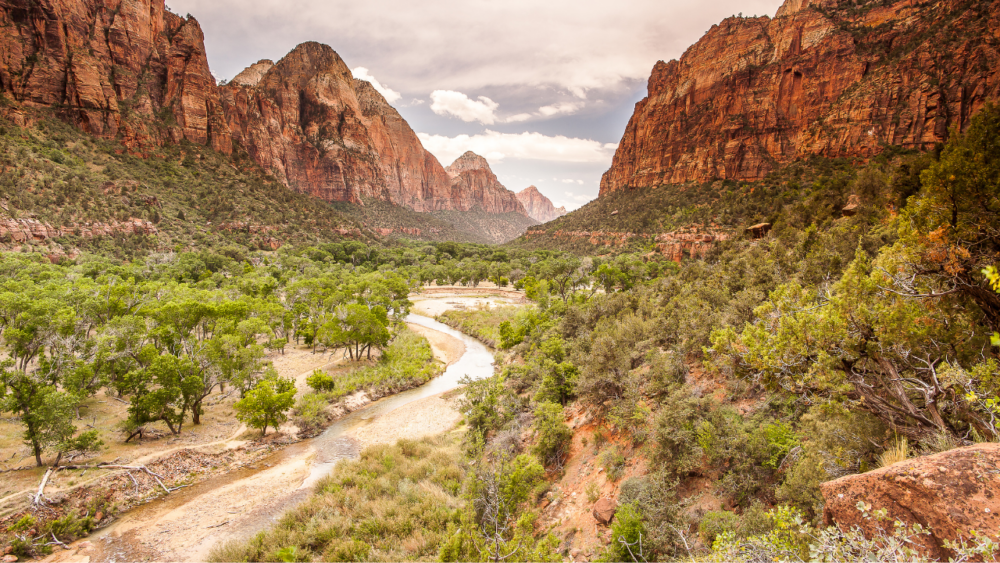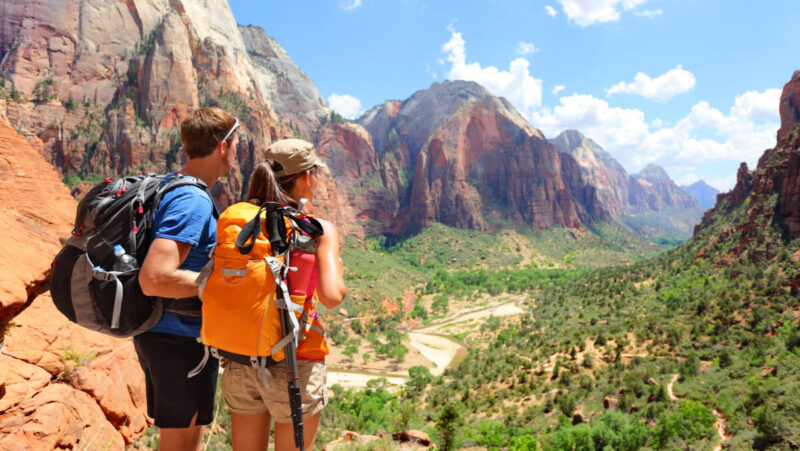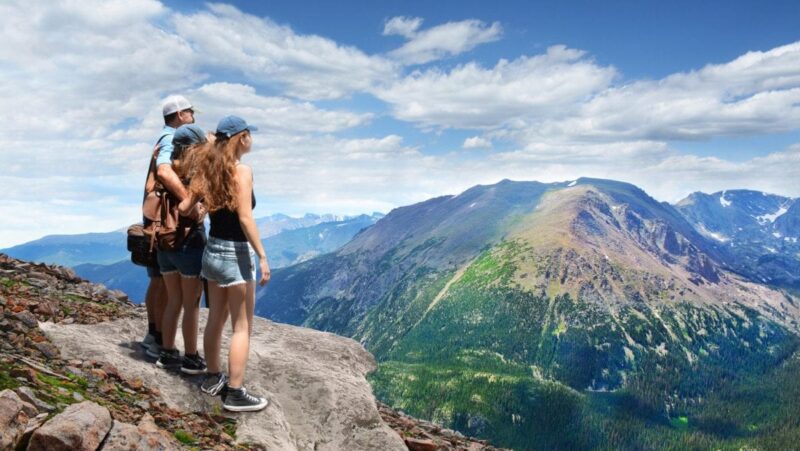10 stunning national monuments you have to visit
Who couldn’t use a little breath-taking wonder in their life? If your bucket list includes “seeing some awe-inspiring travel destinations,” consider a visit to one of these 10 national monuments. Each one has the ability to stretch your vocabulary to the limit: Just how many ways can you say the words “phenomenal,” “astounding,” and “world-rocking”?
What’s more, many of these national monuments don’t attract the same crowds that the most high-profile national parks get annually, so you’re more likely to experience some peace and solitude at these gorgeous destinations.
1. Mount St. Helens National Volcanic Monument, Washington
Mount St. Helens is a volcano that erupted for nine hours on May 18, 1980, causing a massive rock debris avalanche that dramatically altered the forested slopes around it. In 1982 the U.S. government declared the 110,000-acre area a national monument and dedicated it to research, education and tourism.
Nowadays, you can explore this enormous and breathtaking natural wonder while hiking, cross-country skiing, snowmobiling, biking, fishing and more. You can also just drive around and look at the scenery. And if you’re a serious climber, you can get a permit to go above 4,800 feet to reach the crater rim.
2. Canyon de Chelly, Arizona
Everyone’s heard of the Grand Canyon, but in the northeastern corner of Arizona, there’s a lesser-known canyon with equally spectacular views of majestic, soaring sandstone walls. Canyon de Chelly is part of the Navajo Indian reservation, but it has a deep history of inhabitants dating back to ancient times.
When you visit this monument you can see ancestral dwellings and rock art of the Pueblo and Archaic-era people, and walk amidst protruding walls that form splendorous cliffs reaching heights of 984 feet. But don’t be intimidated by the immensity of it! You can take scenic drives, hike well-marked trails, or sign up for a guided canyon tour by vehicle, horse or on foot.
MORE: These were the most — and least — popular national parks in 2022
3. Misty Fjords National Monument, Alaska
This majestic Alaskan landscape of 2,142,243 acres is a gorgeous combination of dramatic waterfalls, sea cliffs and, yes, soaring fjords (narrow bodies of water that wind through rock walls). This place is indeed misty, with near-constant precipitation lending an otherworldly quality to the breathtaking environment.
You can take a “flightseeing trip” in a small plane for an aerial view of the beautiful landscape, or take a day cruise to get up close to the waterfalls. You can also camp here by reserving one of the 13 public-use cabins or four shelters that can be booked on a first-come first-served basis.
MORE: These national parks require reservations in 2023
4. Devils Tower National Monument, Wyoming
Devils Tower is a massive butte of igneous rock that stands 867 feet from summit to base and rises to 5,112 feet above sea level. Movie buffs know it for its famous appearance in the 1977 movie “Close Encounters of the Third Kind,” but it’s also famous for being declared the first U.S. national monument — by President Theodore Roosevelt in 1906.
When you visit Devils Tower, you can walk along the famous Tower Trail or visit the campground amphitheater for educational programs. But it’s also a good destination for thrill seekers. If you want to practice technical rock climbing on this monument, register with the visitor’s office beforehand and check in with them when you return. They want to make sure you made it safely back!
5. Sequoia National Monument, World’s Largest Tree, Sierra Nevada
The Giant Sequoia National Monument is one of America’s newest national monuments. It got its status from President Bill Clinton in 2000. The monument encompasses 33 groves of giant sequoias, and one of them contains the world’s largest tree.
You can visit and explore six of the groves, where the trees typically grow to more than 250 feet. But what’s really amazing about sequoias is their girth, which can be more than 20 feet in diameter. And the sky’s the limit when it comes to activities you can do here. Visitors can hike, fish, ride horses, rock climb, mountain bike, raft, cross-country ski and more.
MORE: This tool tells you when national parks campsites become available
6. Cedar Breaks National Monument, Utah
This natural, 2,000-foot-deep coliseum — more stupendous than any made by man — is the result of millions of years of erosion and uplift. It was established as a national monument in 1933.
To explore this place, you can hike trails, camp, picnic and study the amazing landscape, which is easily accessible from the road. Plan for a long stay — you’ll want hours to gape at the massive rock structures that take the form of columns, arches and spires.
7. White Sands National Monument & Park, New Mexico
In 1933, President Herbert Hoover established this 275-square-mile gypsum dune field (the largest in the world) as the White Sands National Monument. In 2019, President Trump re-designated it as a national park for its natural and cultural resources.
Not only can you enjoy the breathtaking scenery — exploring mile upon mile of crystal-like sand — but you can also sled on the massive, wave-like dunes. Sand sledding is different from snow sledding in that sand isn’t slippery, so you may experience a learning curve as you figure out how to do it. The park’s gift shop sells waxed plastic snow saucers, which work best for sledding. And here’s another bonus: unlike typical sand, the gypsum crystals stay cool in the hot sun, so you don’t burn your feet.
8. Vermilion Cliffs National Monument, Arizona
This 280,000-acre geologic wonder of sedimentary rock was carved over millions of years by the area’s rivers. In 2000, then-President Bill Clinton granted it the status of national monument. You don’t want to miss these deep canyons, towering cliffs and a vast section of wilderness. Elevations reach up to 7,100 feet.
You can sign up for wilderness backpacking experiences amidst the colorful layers of sandstone and view some amazing wildlife, including California condors. You can even camp here at one of its two campgrounds.
MORE: What to know about the new national monument near the Grand Canyon
9. Buck Island Reef National Monument, U.S. Virgin Islands
Established in 1961 by President John F. Kennedy, this impressive monument is located on an island about 1.5 miles north of Saint Croix, in the U.S. Virgin Islands. But most of the monument area is actually a reef that surrounds two-thirds of the land — underwater. In other words, you can explore it with a snorkel!
Follow an underwater trail (one of only three in the U.S.) to explore the home of hundreds of fish and other marine life. Or visit Turtle Beach, which National Geographic named as one of the world’s most beautiful beaches. Just keep in mind that this is also a giant laboratory for the National Park Service, which conducts research on fish, sea turtles, coral, brown pelicans and tern, among other aquatic species and birds.
10. Montezuma Castle National Monument, Arizona
Montezuma Castle doesn’t actually have any connection to the famous Aztec emperor for which it was named, but its ancient roots are impressive in their own right. Archaeologists believe that the Sinagua people (pre-Colombian Native Americans) built this five-story, 20-room structure into the side of a limestone cliff sometime between 1100 and 1350 A.D. Theodore Roosevelt established this as a monument in 1906 to preserve Native American culture.
You can’t go inside this ancient high-rise apartment, but you can walk along a 1/3-mile trail to its base and then stroll along a paved sidewalk to see the ruins. It’s impossible not to be impressed by the ingenuity and craftsmanship of these ancient people. While you’re at it, you’ll get to take in hundreds of native plants and animals.


